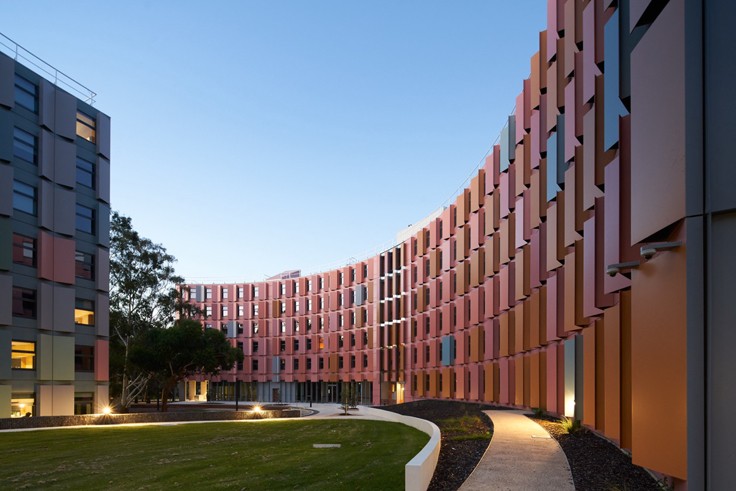
CLT in Public Infrastructure: Wooden Hospitals in Greece
With a budget of 500 million euros and an estimated delivery date between late 2026 and early 2027, the three new hospitals of the Stavros Niarchos Foundation—the General Hospital of Komotini, the General Hospital of Sparta, and the Pediatric University Hospital of Thessaloniki—introduce in Greece the innovative construction model with CLT (Cross-Laminated Timber) and glulam. Designed by Renzo Piano and contracted to AVAX, these projects are not simply new healthcare facilities; they are iconic public infrastructures, creating a new construction practice with international recognition.
CLT in Public Infrastructure: Advantages and New Prospects
1. Faster Project Completion
- CLT panels are manufactured in factories and assembled on site, reducing construction time by up to 50%.
- Work can progress year-round without delays due to weather conditions.
- Minimization of noise and dust, crucial for projects near schools or operating hospitals.
- Reduced labor requirements: a CLT crew can be up to 30% smaller compared to concrete crews.
2. Healthy Indoor Environments – Supporting Human Well-being
- CLT is a natural, renewable material that does not emit toxic substances.
- Spaces with exposed wood contribute to reduced stress, better concentration, and faster recovery.
- The natural origin and recyclability make CLT healthy for people and environmentally friendly.
3. Safety & Durability
- Fire protection: CLT with certified fire resistance.
- Seismic performance: Timber, being five times lighter than concrete, is ideal for Greece.
- Acoustic comfort: Enhanced sound insulation.
4. Sustainability & Environment
- CO₂ storage: Each m³ of CLT stores approximately 1 ton of carbon dioxide.
- Reduced footprint: CLT production requires up to 70% less energy than concrete.
- Renewable raw material: Sustainable forest management.
5. Lower Lifecycle Costs
- Energy efficiency: operating costs for heating/cooling reduced by up to 40%.
- Long lifespan with limited maintenance needs.
- High added value for local communities, with faster delivery and utilization of buildings.
CLT Greece × XLAM Dolomiti: From Europe’s Landmark Projects to Greece’s Public Buildings
CLT Greece, as the exclusive representative of XLAM Dolomiti in Greece and Cyprus, is the link that brings European know-how into the field of public construction.
Frequently Asked Questions: CLT in Public Buildings
A: Yes. CLT meets strict standards for fire protection, seismic resistance, and acoustic performance.
A: Up to 50% faster.
A: Yes, they offer high flexibility.
A: Absolutely.
A: Often lower overall cost due to speed and energy efficiency.
A: 80–100 years with proper maintenance.
A: Yes, it aligns with the Green Deal.
A: Yes, they create clean and natural environments.
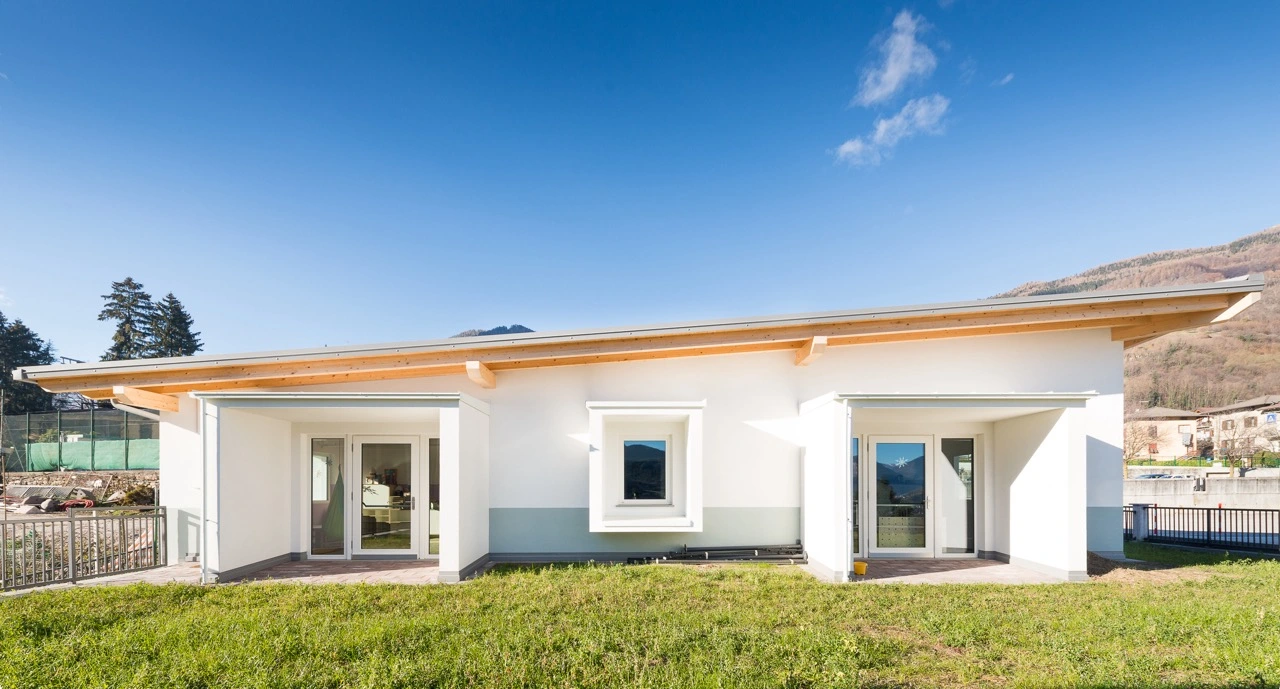
Asilo Nido - Roncegno (TN)
A modern kindergarten building
with a friendly and bright design.
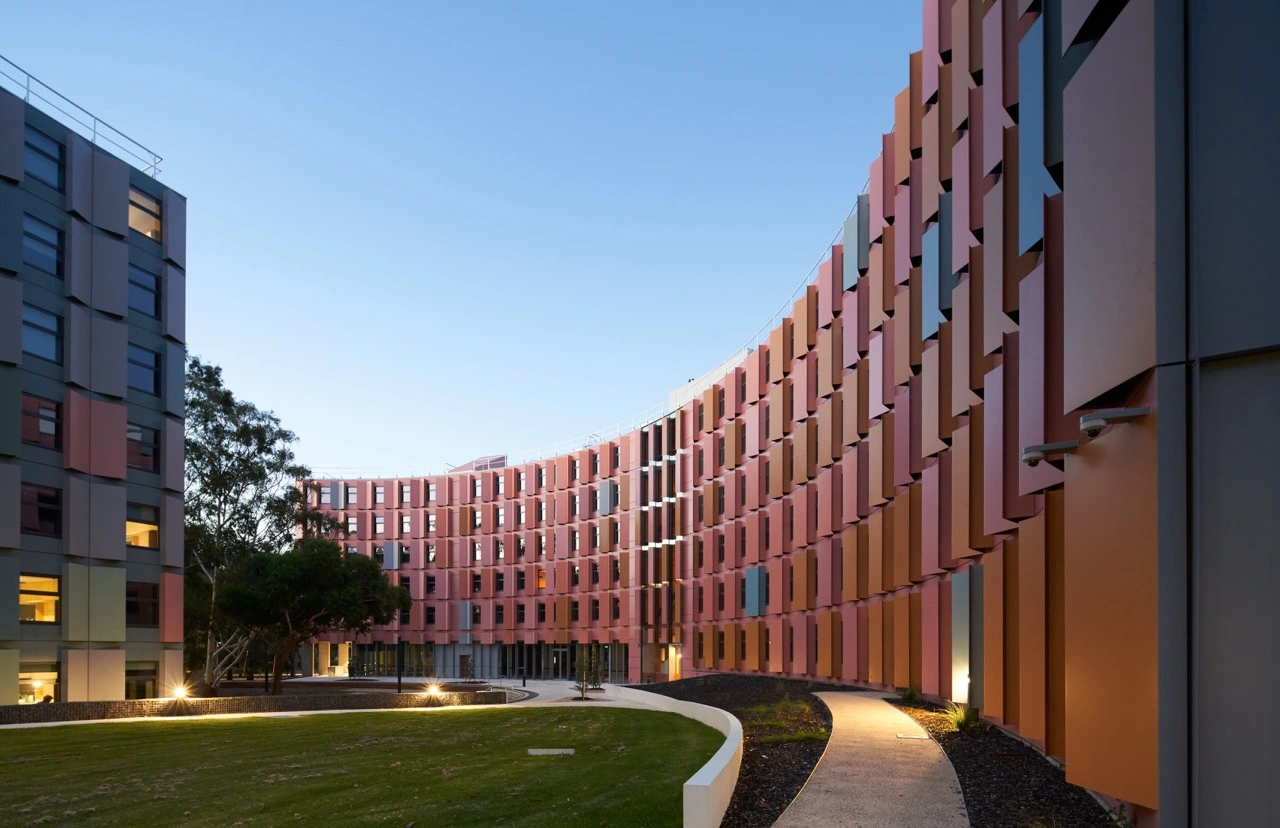
La Trobe University - Australia
An innovative university campus
with an impressive façade.
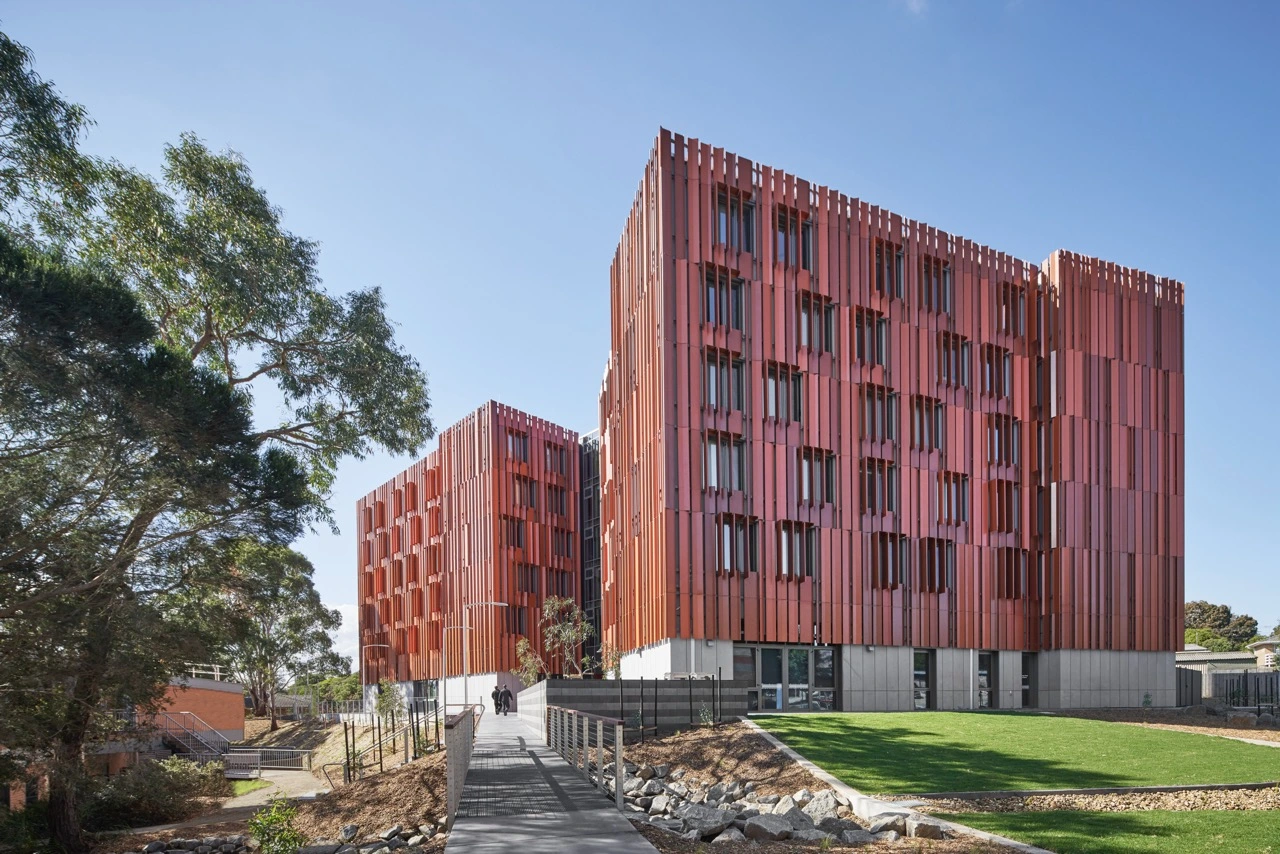
Monash University - Australia
Pioneering educational buildings
with dynamic architecture.
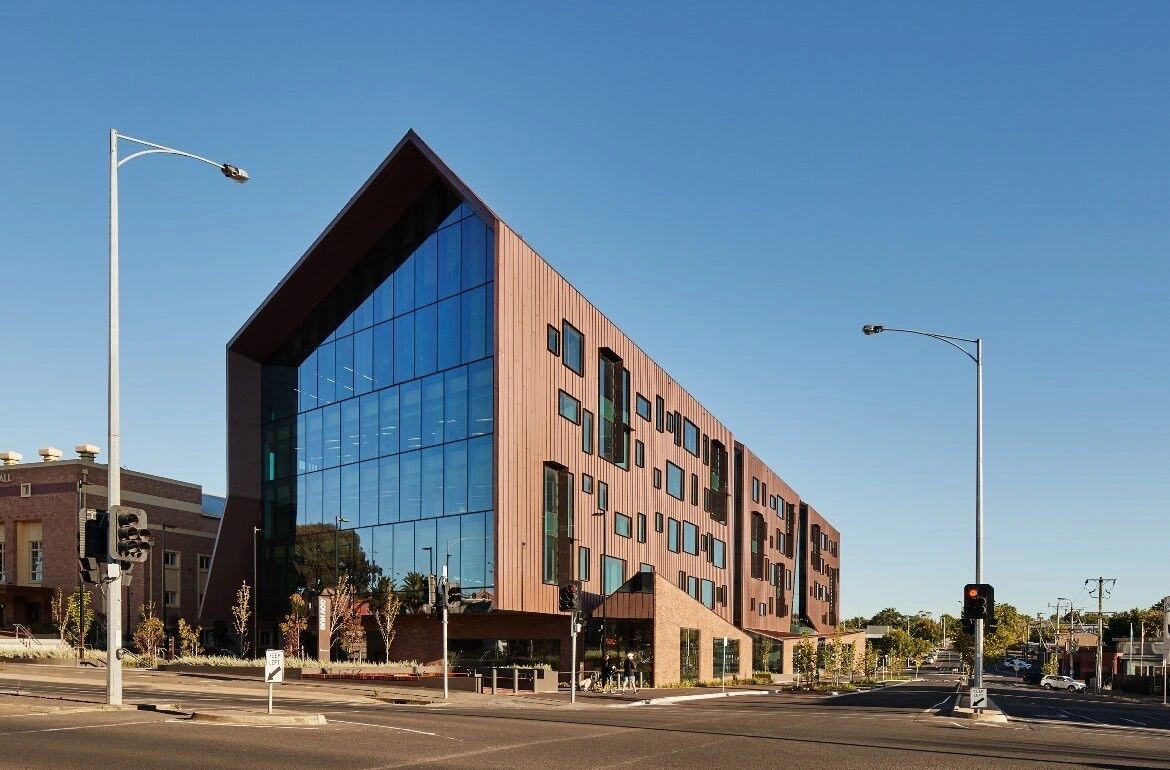
Ballarat GovHub - Australia
A public building with sustainable design
and a strong architectural identity.

CLT Greece @ The Architect Show
6 & 7 December | Metropolitan Expo
We await you at the largest architectural event in Greece
to discover the future of timber construction with CLT up close!







